Escobaria vivipara - Beehive Cactus
Looking at Escobaria Beehive cactus in the desert of Southwestern Colorado
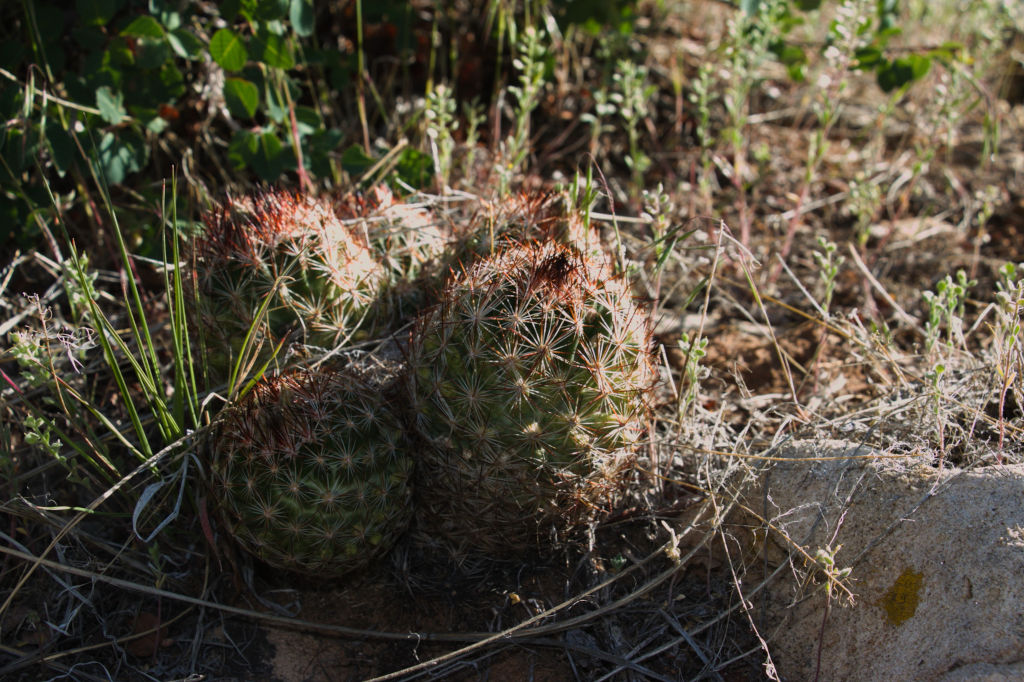 _Escobaria vivipara_ clump growing in the early morning sunlight.
_Escobaria vivipara_ clump growing in the early morning sunlight.
When I’m out staggering around in the Sagebrush, I often come across these small cactus. They’re usually growing in clumps of three to seven stems.
I think these are Escobaria vivipara - the “Beehive Cactus”.
Reading about these cactus can be pretty confusing. There are a ton of common names for them other than “Beehive Cactus”, names such as “Spinystar”. Also, their genus was at one point changed from Coryphantha to Escobaria. So researching their biology and natural history is an exercise in juggling plant aliases.
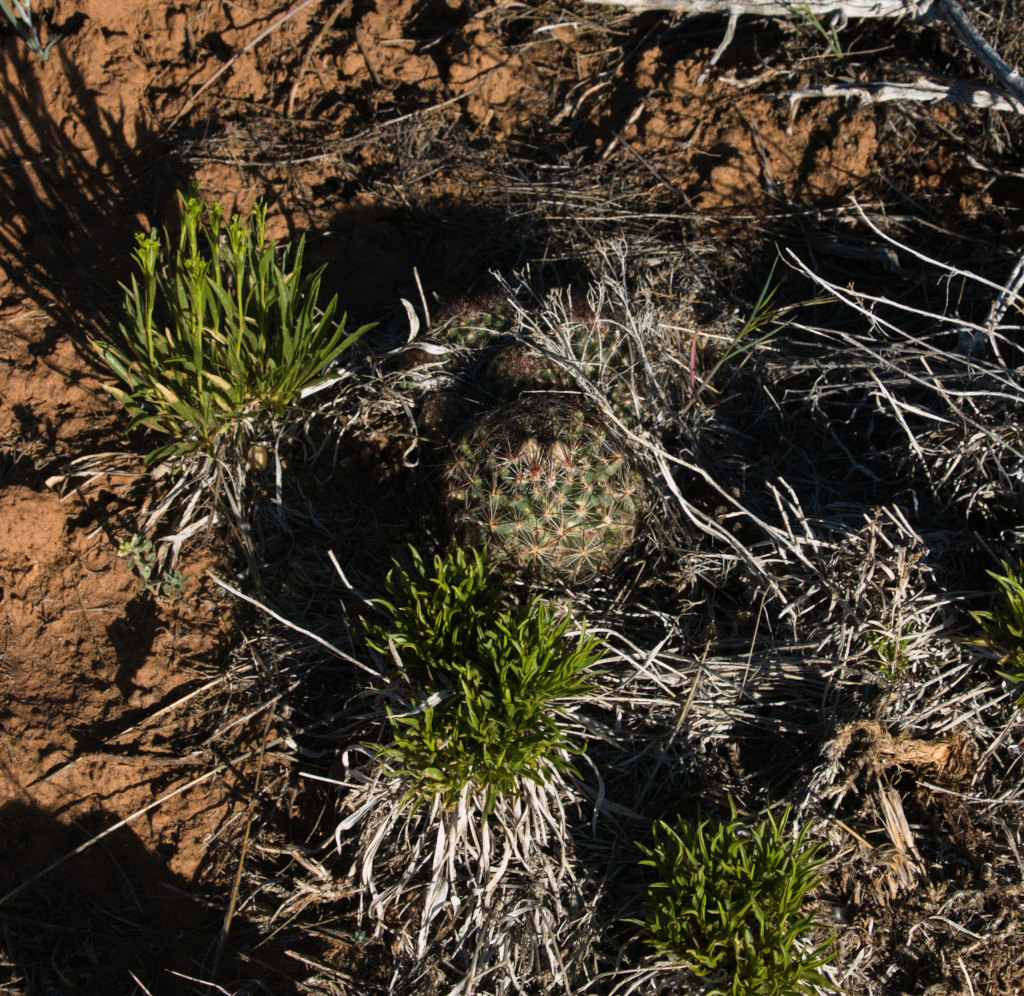 Small clump of _Escobaria vivipara_ cactus surrounded by lush growth of _Stenotus armeroides_.
Small clump of _Escobaria vivipara_ cactus surrounded by lush growth of _Stenotus armeroides_.
These cactus are not very conspicuous when they are not in bloom. It seems like I notice them mostly when I’m concentrating on finding something else.
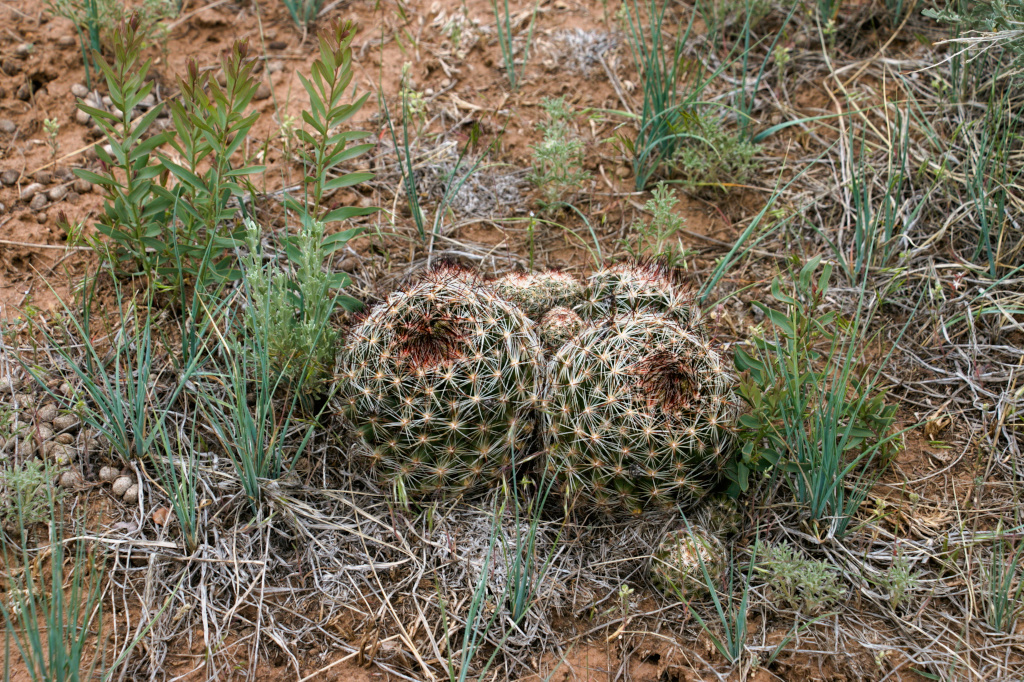 Clump o_f Escobaria vivipara_ cactus
Clump o_f Escobaria vivipara_ cactus
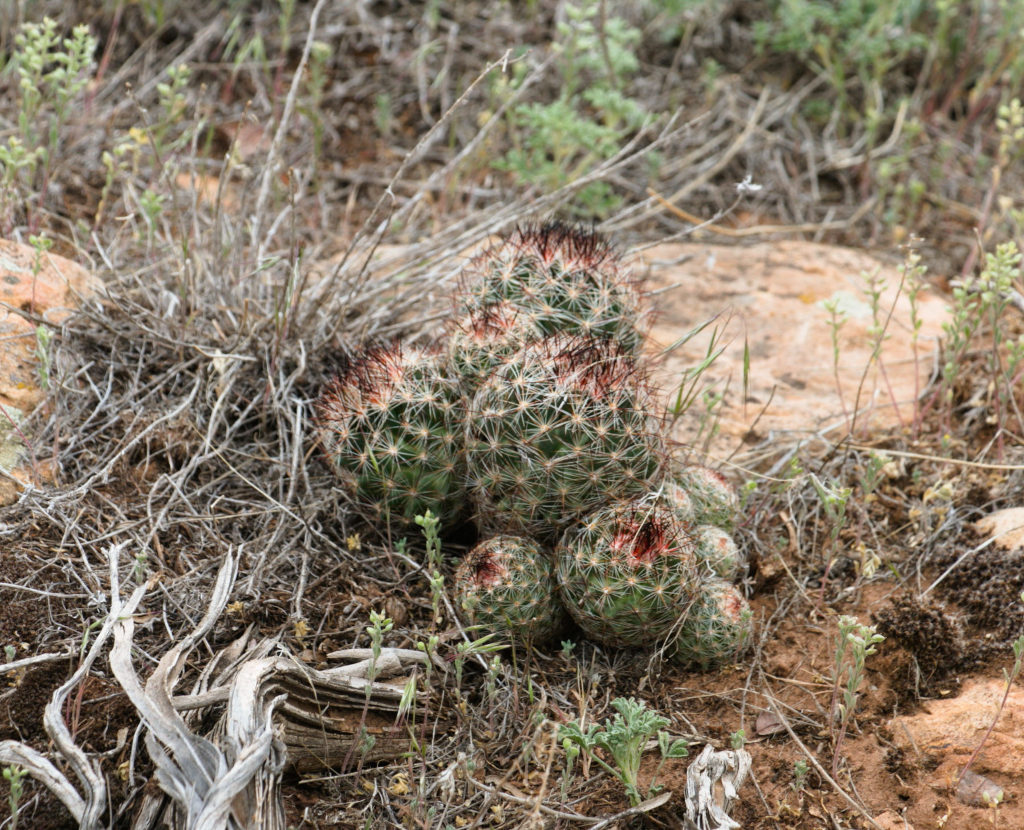 A clump of _Escobaria vivipara_ cactus, with the dead stems of a Sage plant in the background.
A clump of _Escobaria vivipara_ cactus, with the dead stems of a Sage plant in the background.
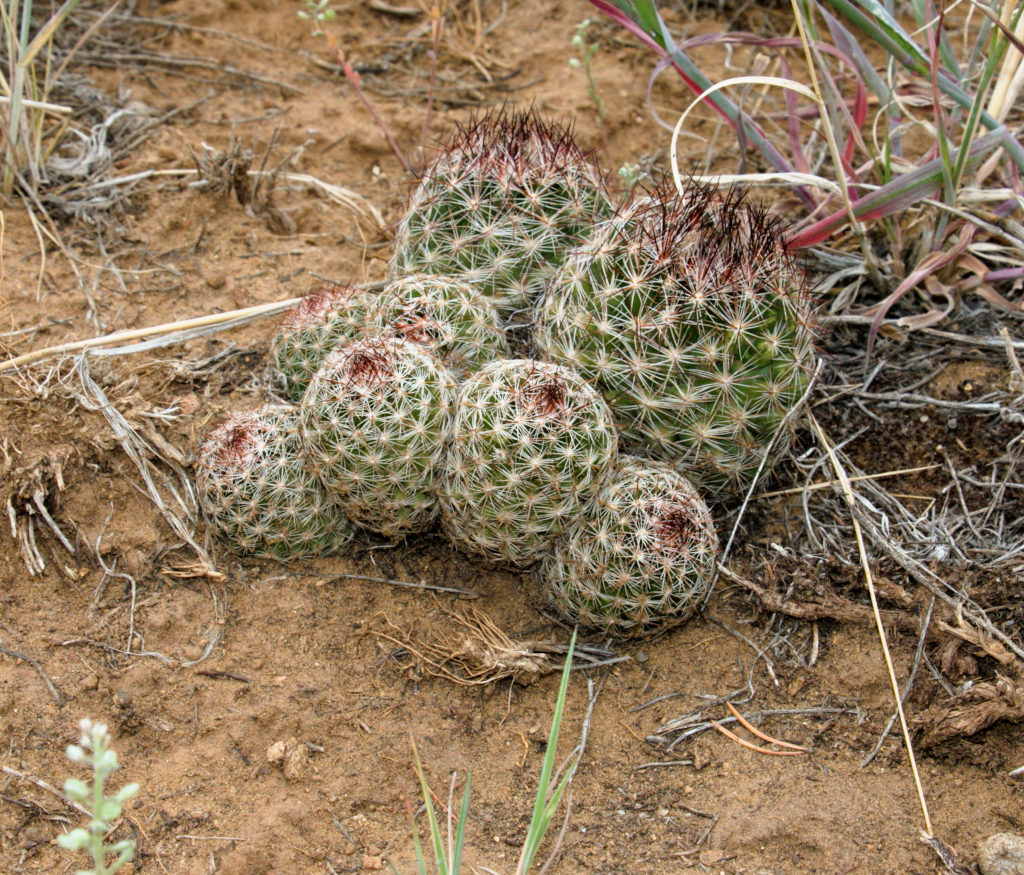 Clump of _Escobaria vivipara_ cactus
Clump of _Escobaria vivipara_ cactus
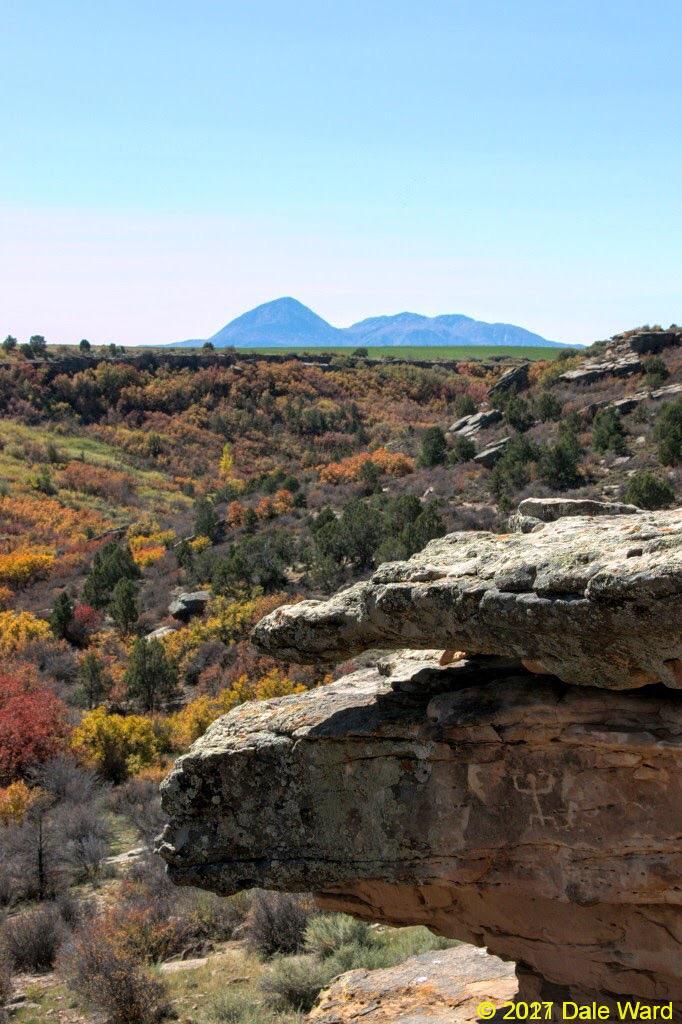 _Escobaria vivipara_ cactus. My fingers included for scale.
_Escobaria vivipara_ cactus. My fingers included for scale.
I’ve heard that their species name - “vivipara” - is in reference to a form of live birth in the cactus. Supposedly, some seeds germinate inside of the fruit while it’s still attached to the cactus. If you look inside the fruit, you may find small cactus plants, instead of finding seeds.
I’ve not tried this, what with the cactus being federally protected and all.
It’s funny, I tried to find a source for this “viviparous” claim online and been mostly unsuccessful. The only mention I can find is in this post from the Minnesota Depart of Natural Resources.
2021-05-29 - I corrected the ID on the herbaceous plant in one of the photos. It’s not Petrophytum…the plant is Stenotus armerioides.